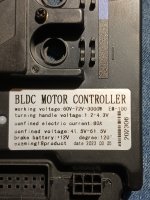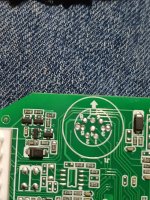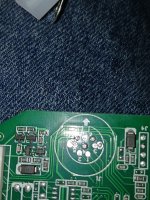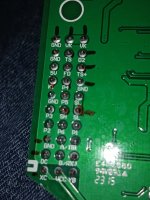. I actually thought likewise on all issues of this controller and being as it will be used with a 20s6p battery pack using 2.5ah cells with 7a discharge planning to add 4 more parallel rows. I'm thinking I could get at least 100a from it but only going to use a 60a bms that should help my cells right? On my other build I have a 52v battery same cells when checking phase current on throttling up my 20° hill I draw a 100a for split second.I will give it a shot and pray for the best thanks sir for your assistance.
If you use a 60A BMS but an 80A controller, the system is going to turn itself off whenever you have a high enough load on the motor from the riding conditions you have (like the hill).
If the BMS is not just 60A for a current limit, but can only handle 60A max, then it will fail, blowing up the FETs.
Your battery has to be *more capable* than the controller. If it is *less capable* it cannot run the system correctly, and will either be stressed (or even damaged), or shutdown the whole system when the need is higher than the battery can supply.
If each cell is capable of a *max* of 7A, then to handle 80A you require *at least* 12 parallel cells in each group. More would be better, so the pack is less stressed, has less heating, and less voltage sag, so you get more watts at the wheel instead of wasting them as heat in the battery and aging it faster.
So you need *at least* two batteries like you already have, because at 7A per cell x 6 cells that's only 42A, and you *must* be able to supply *at least* 80A to meet the controller's needs.
If the 7A is a max peak or burst current (peak or burst is a few seconds, infrequently), then you need an even bigger battery pack, since it needs to be able to *continuously* supply the max current the controller will draw (like on that hill). You'd need to find the *continuous* current spec for the cells, and use that to figure out what the battery has to be to do what you want.
If you want to protect your cells with a BMS, then as-is with a 6p pack, you need a 40A BMS or lower, assuming the 7A is continuous and not max/peak. With a 10p pack, the 60A BMS would protect that. But neither one will supply what your controller needs whenever it is loaded to it's limit.











